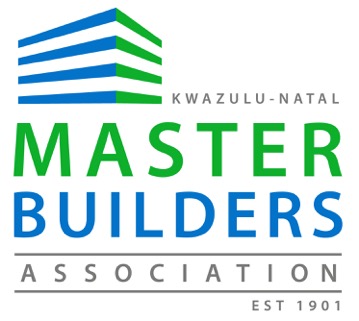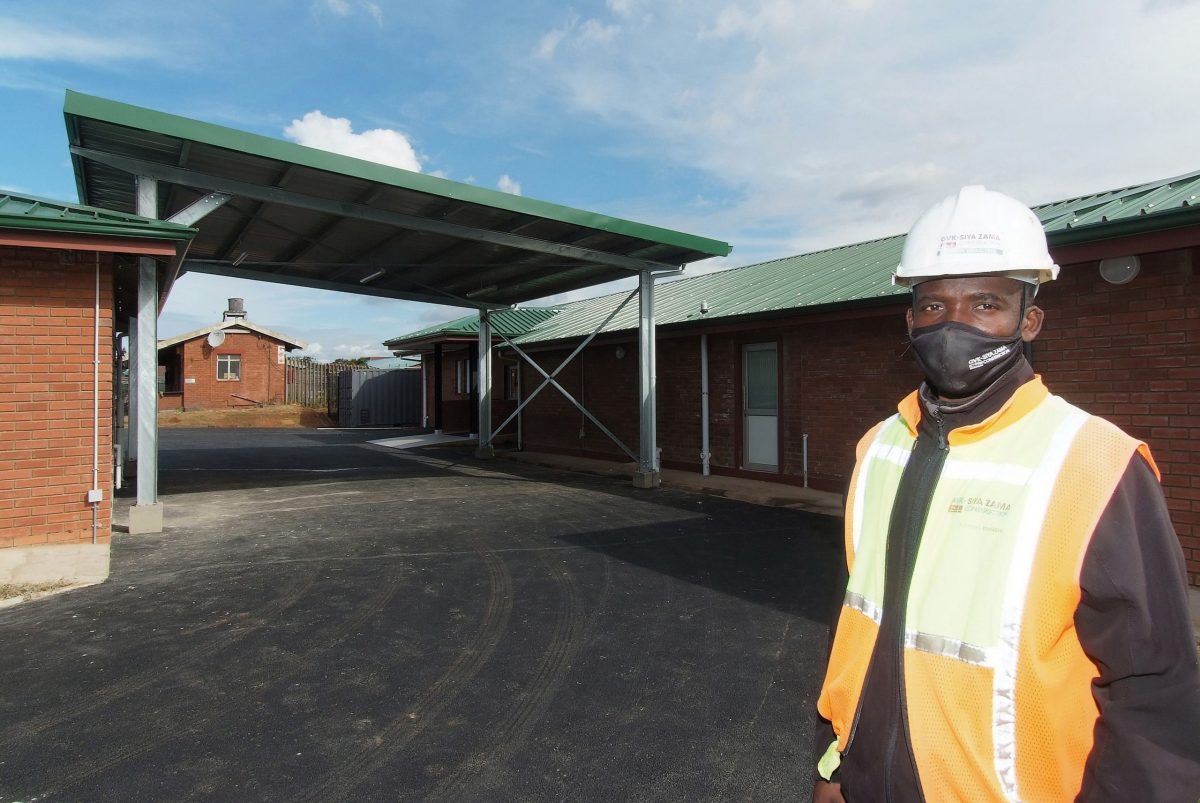
This is Part 2 of a two-part series.
At a time when safety in the construction industry is under intense scrutiny following recent fatal accidents, GVK-Siya Zama turns its attention inwards as it drives its teams to adhere to stringent health and safety standards across its projects.
Expert and outspoken industry spokesperson, Nelson Mandela Metropolitan University’s (NMMU) Professor John Smallwood, aptly indicates in his recent paper – The Long Overdue Overhaul of South African Construction Health and Safety (H&S) – that management failure extends to all organisations involved in the built environment, starting with the client.
While the challenges facing the South African construction industry are similar to those of its European counterparts, Laskey points to two notable differences that South Africa can consider adopting. Firstly, that occupational health and safety (OHS) inspectorates frequently arrive on site to conduct unannounced inspections, and secondly, regulations such as Ireland’s Construction Safety Licensing Bill that focuses on three vital measures to enhance construction safety, namely, licensing high-risk activities, stricter enforcement with heavy penalties, and active engagement with industry stakeholders. These efforts aim to ensure that only qualified entities handle high-risk tasks, underscoring the government’s commitment to safety, and ensuring practical and effective regulations.
“To make significant progress in improving safety standards within the South African construction sector, we need the Department of Employment and Labour (DEL) to review client and designer contributions to construction health and safety, establish stricter control over high-risk activity scopes, step up inspections of health and safety practices on construction projects, and engage actively with industry stakeholders to ensure that regulations are both practical and effective,” notes Laskey.
Prof. Smallwood debunks the notion that an accident is an unplanned event when he asserts that accidents are typically the result of actions or omissions rather than random occurrences. This equates accidents to failures of management, as they reflect shortcomings in planning, organising, leading, controlling and coordinating. It’s crucial to recognise that this perspective does not only apply to contractors, but also to various stakeholders in the built environment, including clients, construction H&S agents, project managers, designers and quantity surveyors.
To guarantee the prosperity of the South African construction industry and prevent unforeseen incidents and deaths, implementing more stringent health and safety measures is not just a regulatory consideration – it’s an urgent necessity.
More news
- PART 2: CONCRETE IN THE DESIGN OF A UNIQUE LUXURY HOME IN GEORGE, SOUTH AFRICA
- PART 1: CONCRETE IN THE DESIGN OF A UNIQUE LUXURY HOME IN GEORGE, SOUTH AFRICA
- MVULE GARDENS, AFRICA’S LARGEST 3D-PRINTED AFFORDABLE HOUSING PROJECT
- PART 3: HARNESSING THE POTENTIAL OF HIGH SULPHUR FLY ASH IN CONCRETE PRODUCTION
- PART 2: HARNESSING THE POTENTIAL OF HIGH SULPHUR FLY ASH IN CONCRETE PRODUCTION





